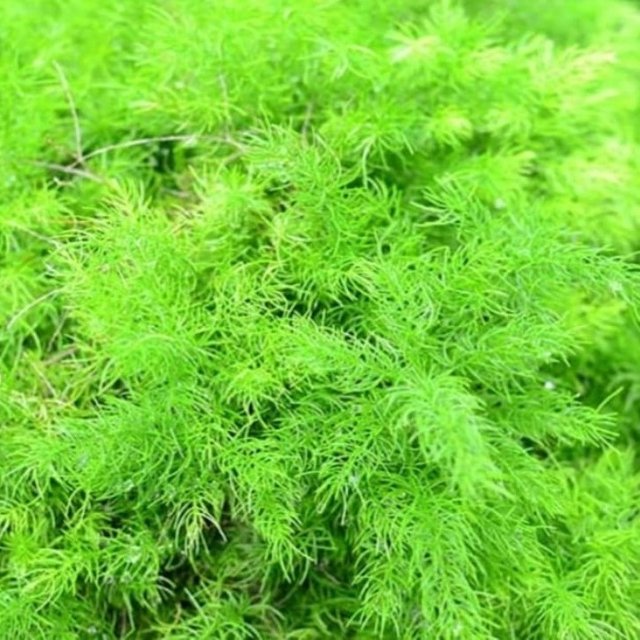Types of ferns vary widely



Types of ferns vary widely, so you may be confused about choosing ferns to decorate your home. Get to know the types of ferns and their benefits for you and your family. Suplir plants and hajj ferns are popular ferns in Indonesia. But in fact, there are many other types of beautiful ferns that are used as ornamental plants and can be used as medicines.
Interested in growing various types of ferns in your home? To help you choose a beautiful fern to decorate your home, this article will discuss the types, benefits, characteristics, and classification of ferns. Also called ferns or ferns, ferns have a true vascular system, although they do not produce seeds for reproduction. Ferns reproduce by spores. spores are reproductive cells that can develop into new individuals without joining other reproductive cells. You know, spore-based plants are much older by evolution than seed-based plants. Uniquely, the stems of ferns are located in the ground, which are called rhizomes. In the rhizome, fiber roots will appear in the form of fine hair and leaf stalks. Based on the size, fern leaves are divided into two types, namely microfiles which means small leaves and only have one vein and macrophils which are large leaves, meanwhile based on function, fern leaves are divided into two types, namely sporophils which produce spores and tropophiles which do not produce spores. , but serves for photosynthesis.
The uniqueness of ferns is still there. Apart from the snow, this plant which has 12,000 species can live in lowlands, beaches, mountain slopes, 350m above sea level, and in humid areas. In fact, these plants can float on the surface of the water and some ar
[WhereIn Android] (http://www.wherein.io)